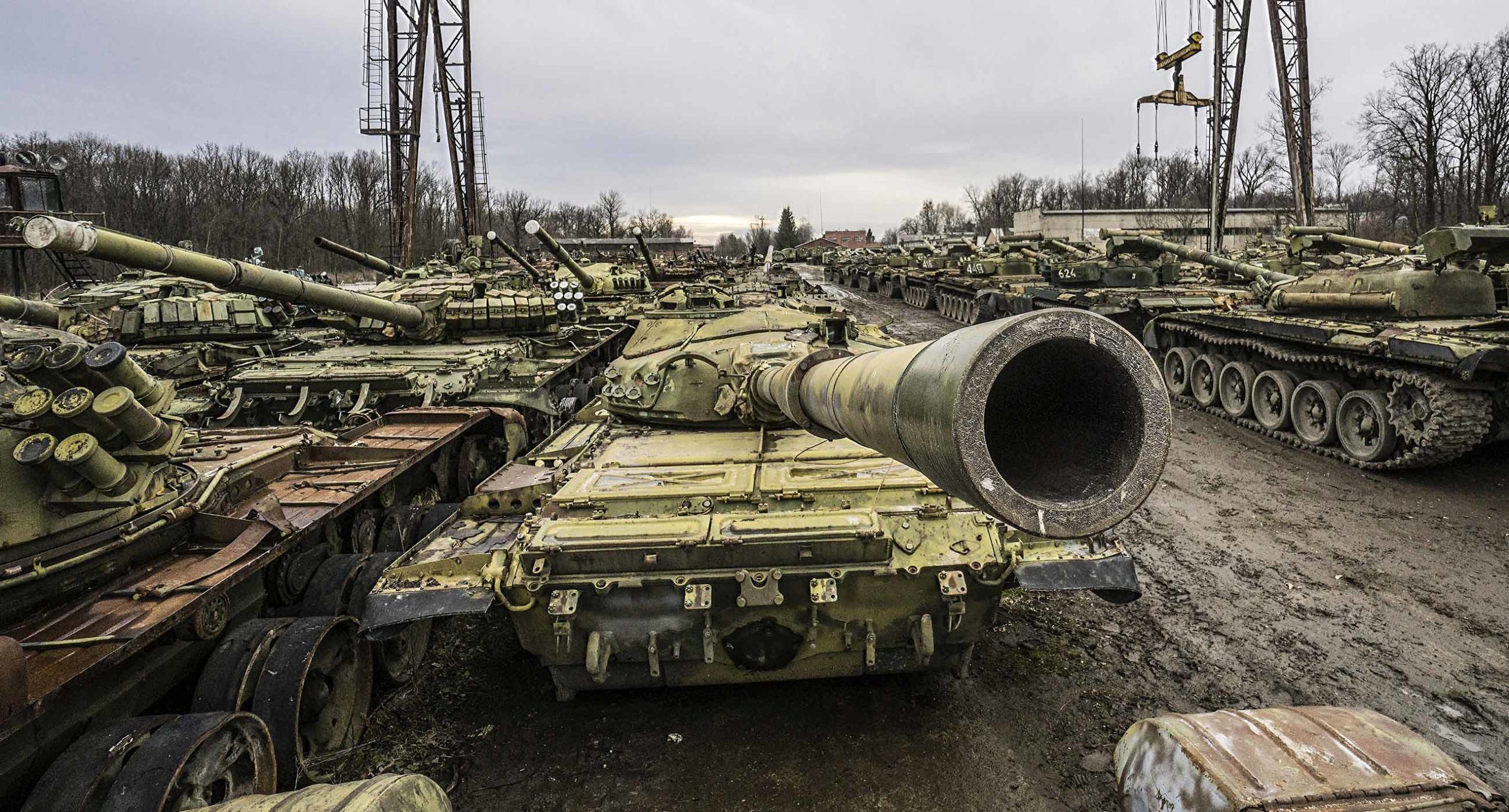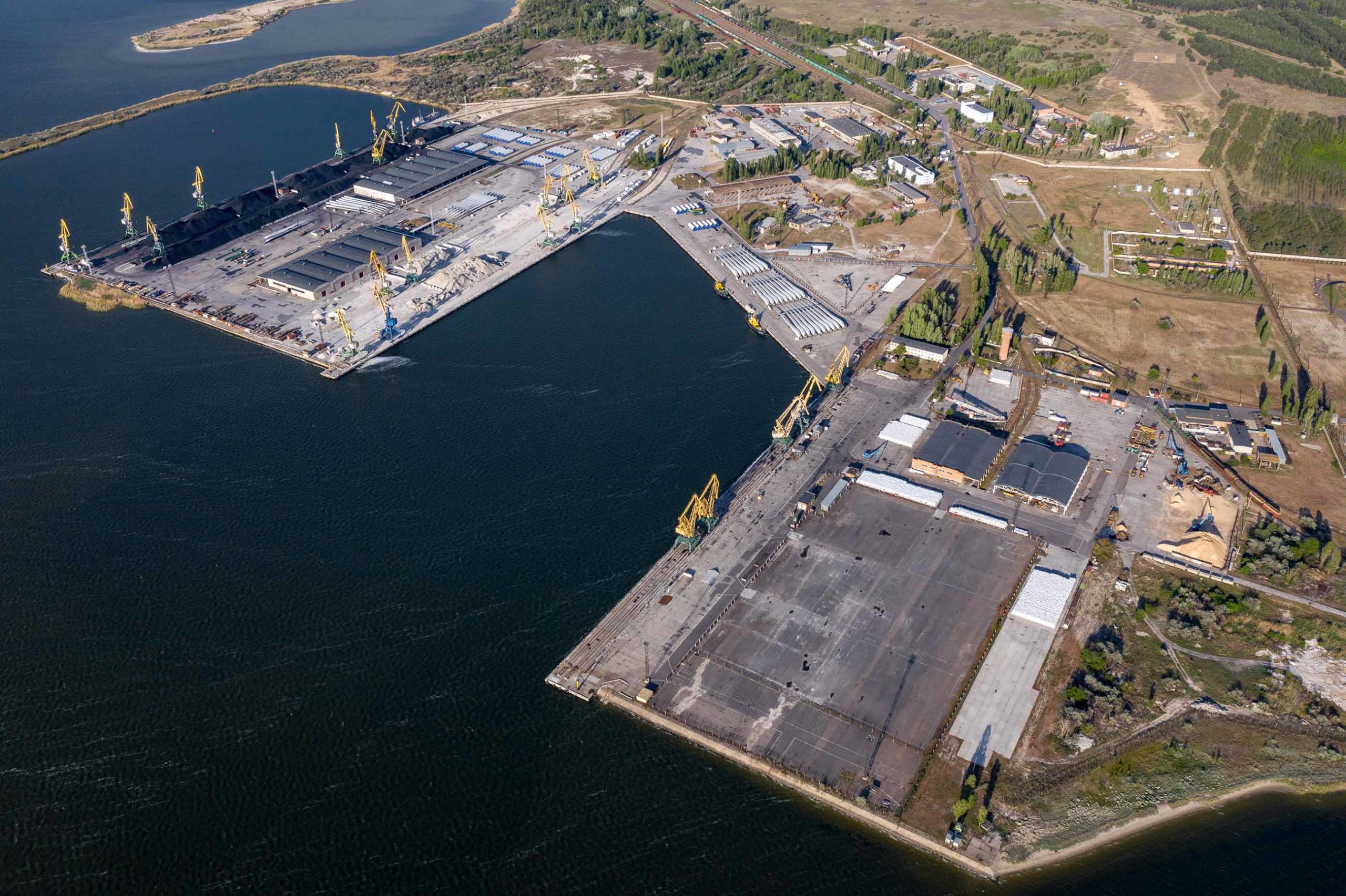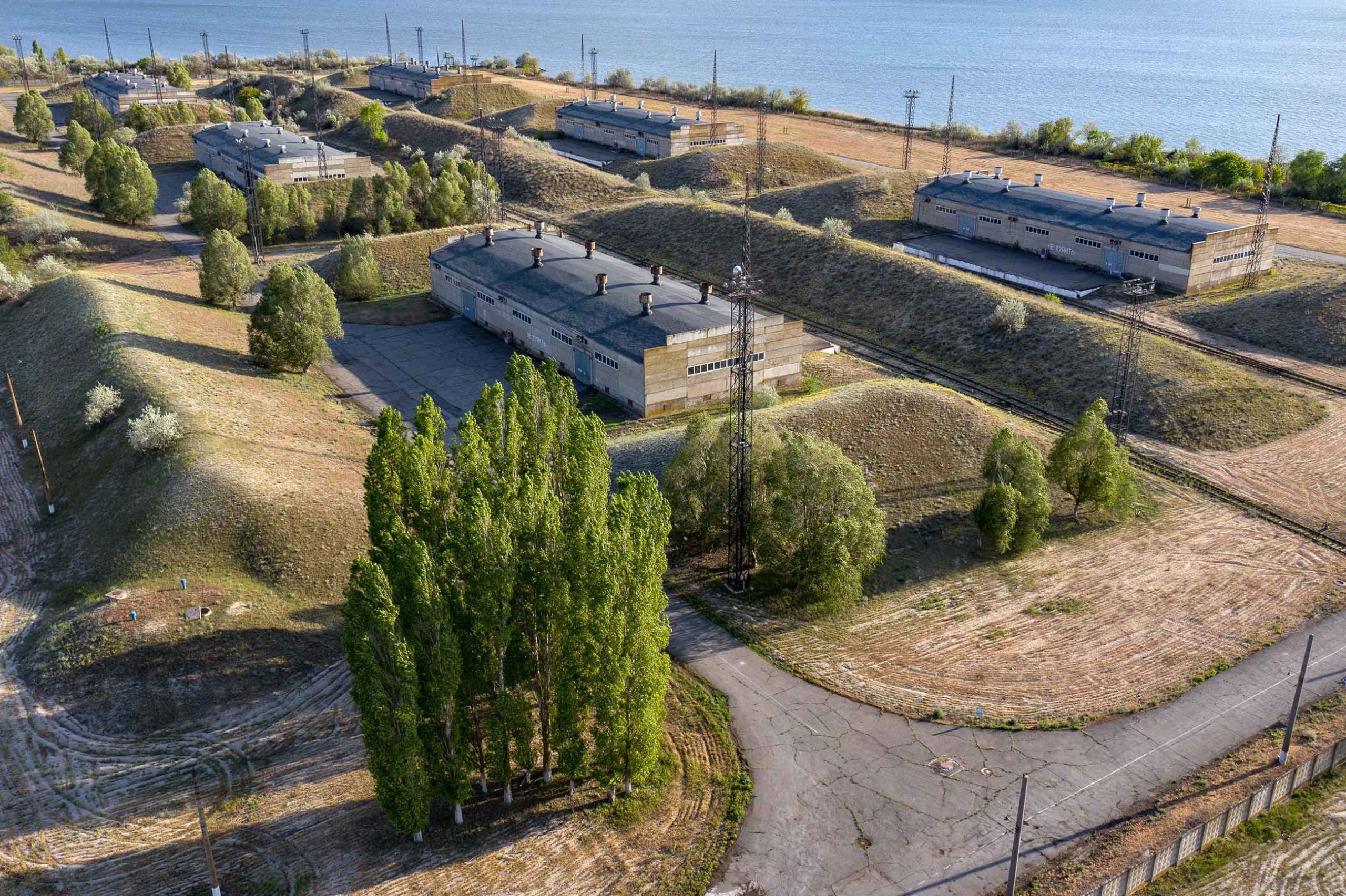Since gaining independence in 1991, Ukraine has been one of the top 10 arms exporters globally. The weapons have gone mainly to countries in Africa and the Middle East. However, many of these operations were far from legal: taking advantage of chaos and corruption, independent arms barons devastated warehouses filled with Soviet-era equipment, as did security forces and officials ready to violate international embargoes that liquidated the smuggling market. Zaborona investigated how the illegal arms trade in Ukraine works.
In early November 2020 Spain’s security forces, with the support of Europol, dismantled a well-organized criminal group for arms trafficking and money laundering. Among the detainees were Ukrainians, Latvians and Spaniards.
According to Europol, the criminal network had been illegally transporting Russian weapons–including tanks and explosives–on commercial ships from Ukraine across the Mediterranean. Delivery mainly took place in conflict zones in North Africa and the Middle East which were subject to international embargos.

“The criminal group was well organized and carried out complex criminal activities on an international scale, including freeing the captain of their ship, who was detained in Greece on charges of illegal arms trafficking,” Europol stated.
The attackers laundered funds from the arms trade through offshore companies and kept them in accounts in Switzerland and Spain. Arms dealers also bought luxury real estate in Spain, where they led a luxurious lifestyle.
Freelance NABU agent Yevheny Shevchenko explained to Zaborona that arms smuggling operates on the down low in order not to attract too much attention.
“I myself have repeatedly encountered the same situations [when it is difficult to reach individuals associated with the arms trade]. I was forced to send my people to the meetings so that they would in no way know that there was my last name or any relation to publicity,” Shevchenko said.

The era of “arms barons”
Arms smuggling in Ukraine can be divided into three periods: the “wild 90s”, before the start of Russian aggression in 2014, and after. Andriy [name changed at the request of the interviewee], a former employee of the Security Service of Ukraine, says that the trafficking of Soviet weapons became perhaps the most profitable area of illicit commerce in the 1990s. They sold everything: helicopters, planes, tanks, machine guns and ammunition. Smuggling was carried out by both civil servants and criminals.
In the American film Lord of War, Vitaly Orlov, played by Jared Leto, lays out a map of Ukraine made out of cocaine. He explains to his older brother and the film’s protagonist Yuri, an ambitious arms dealer played by Nicolas Cage, that he started drawing it from Odessa. We also decided to start our investigation from there.
In the 90s, it was in Odessa that the arms dealer Leonid Minin’s star rose. He controlled the Odessa port and the shipment of weapons through it. He supplied Soviet equipment from Ukrainian warehouses to West Africa, was friends with Charles Taylor, the dictator of Liberia, and controlled the smuggling channels for sending “blood diamonds” to Europe–the so-called precious minerals purchased in exchange for weapons in the rebel armies of Sierra Leone.
Minin’s sphere of interests, in addition to the West African region, also extended to Belgium, Switzerland, France, Monaco, Italy, Russia, Germany, and even China. Many states forbade him from entering their territory, but that did not prevent Minin from traveling with fake passports.
According to The Washington Post, Minin was linked to corrupt Ukrainian officials and also ran a logging company in Liberia.
By the way, some believe that the real prototype of the protagonist in Lord of War is the Russian arms dealer Viktor Bout. However, he never had anything to do with Ukraine or Odesa–unlike Minin, whose criminal organization controlled almost all the largest cities in southern Ukraine.
However, Leonid Minin left Ukraine in the 1970s and led the Odessa mafia from a safe distance. His right hand in southern Ukraine was the Odessan Oleksandr Angert, better known as “Angel”.

In 2000, the Italian police arrested Leonid Minin. He received a long prison sentence. A year later, Angert moved to London. Of the entirety of Minin’s group in Odessa, only the security chief remained – Gennadiy Trukhanov, now the mayor of Odessa.
And although the group no longer exists, Slidstva.Info journalists found evidence that Trukhanov’s connections with members of the Odessa gang are still active. It turned out that the Odessa mafia invested dirty money in elite London real estate, and the daughter of Alexander Angert lives in an apartment owned by a company belonging to Gennadiy Trukhanov’s relatives.
However, the days of “arms barons” are long gone, says Andriy. In the late 90s, the US authorities decided to curb arms smuggling from Ukraine. The Americans began to build an export control system in the post-Soviet state: it consisted of a vertical hierarchy of power and specific bodies controlling all weapons movement. They also introduced the concepts of “military goods” and “dual-use goods”.
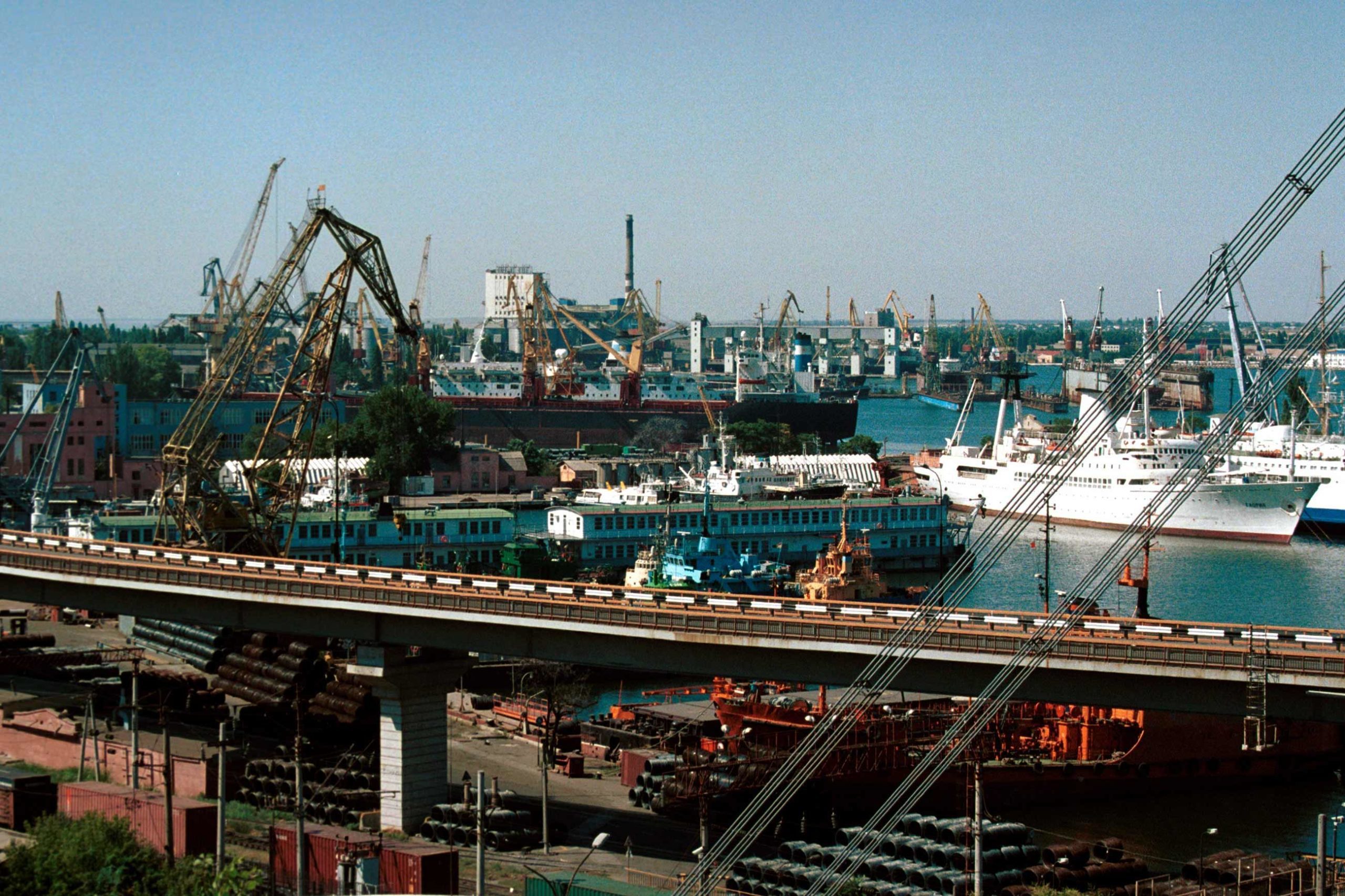
“The entire Ukrainian arms business was gradually brushed up and turned into a more or less healthy system by the first half of the 2000s. And traditionally, for international practices, the armed business is the business of the president,” the former security official explained to Zaborona.
Since then, the president has been in direct control of everything that happens in the arms transfer process–including scandalous cases. After all, the arms trade is not just a business, but a sphere of politics–just like, for example, the gas trade. A series of scandals, in which top Ukrainian officials and even presidents are involved, only confirm this.
Kolchugas for Iraq
The biggest scandal occurred in April 2002, when State Guard Major Nikolai Melnichenko provided the Americans with recordings of conversations from the President of Ukraine’s office. Then president Leonid Kuchma and Valeriy Malev, the head of the Ukrspetsexport company, discussed the possibility of supplying four Kolchuga passive sensors to Iraq via Jordan, bypassing US sanctions.
The absence of doubt regarding the authenticity of Melnichenko’s audio recordings was reaffirmed in the fall of 2002 by the speaker of the US State Department. Later, Pentagon intelligence spokesman Jim Brooks confirmed that Baghdad had Kolchugas. The problem was that at that time Ukrainian stations were supposedly able to detect the most modern American aircraft. And this was on the eve of the US war in Iraq.
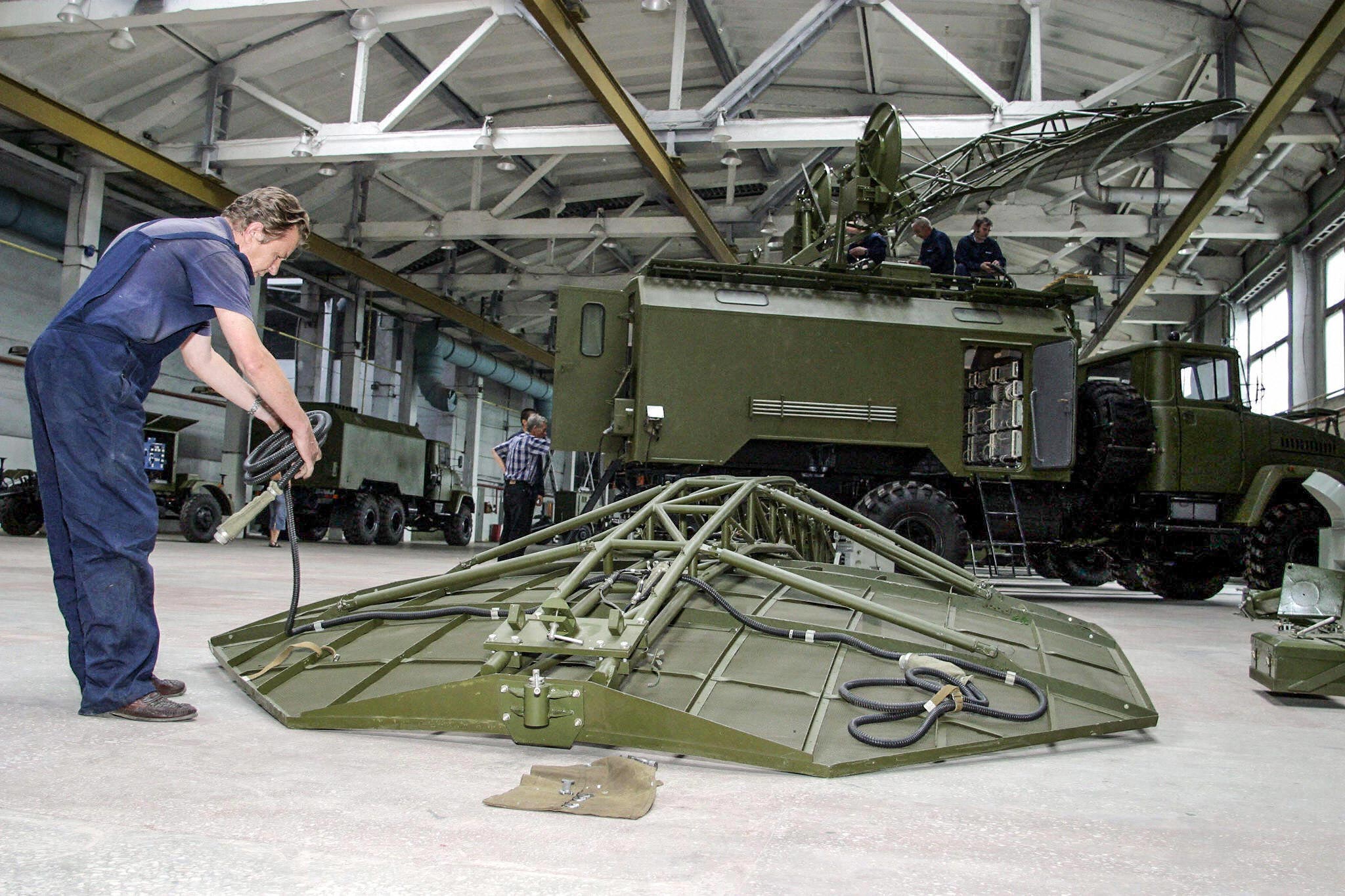
Unlike other scandals, this one was not limited to critical publications in the media. The scandal surrounding the shipment of Kolchuga passive sensors worsened relations between Washington and Kyiv in all areas. In October that same year, the US State Department temporarily stopped the provision of $54 million in US government assistance to Ukraine.
Tanks for South Sudan
On September 25, 2008, during a voyage from the port of Oktyabrsk in Mykolaiv region to Mombasa, the Faina was captured by Somali pirates. On board the ship were T-72 tanks, BM-21 Grad multiple rocket launchers, firearms and other military equipment destined for Kenya. The ship was released without bloodshed: having received a ransom, the pirates left the Faina. Yevheny Shevchenko says that the shipowner, Ukrainian businessman Vadim Alperin, no longer took on the transportation of weapons after that.
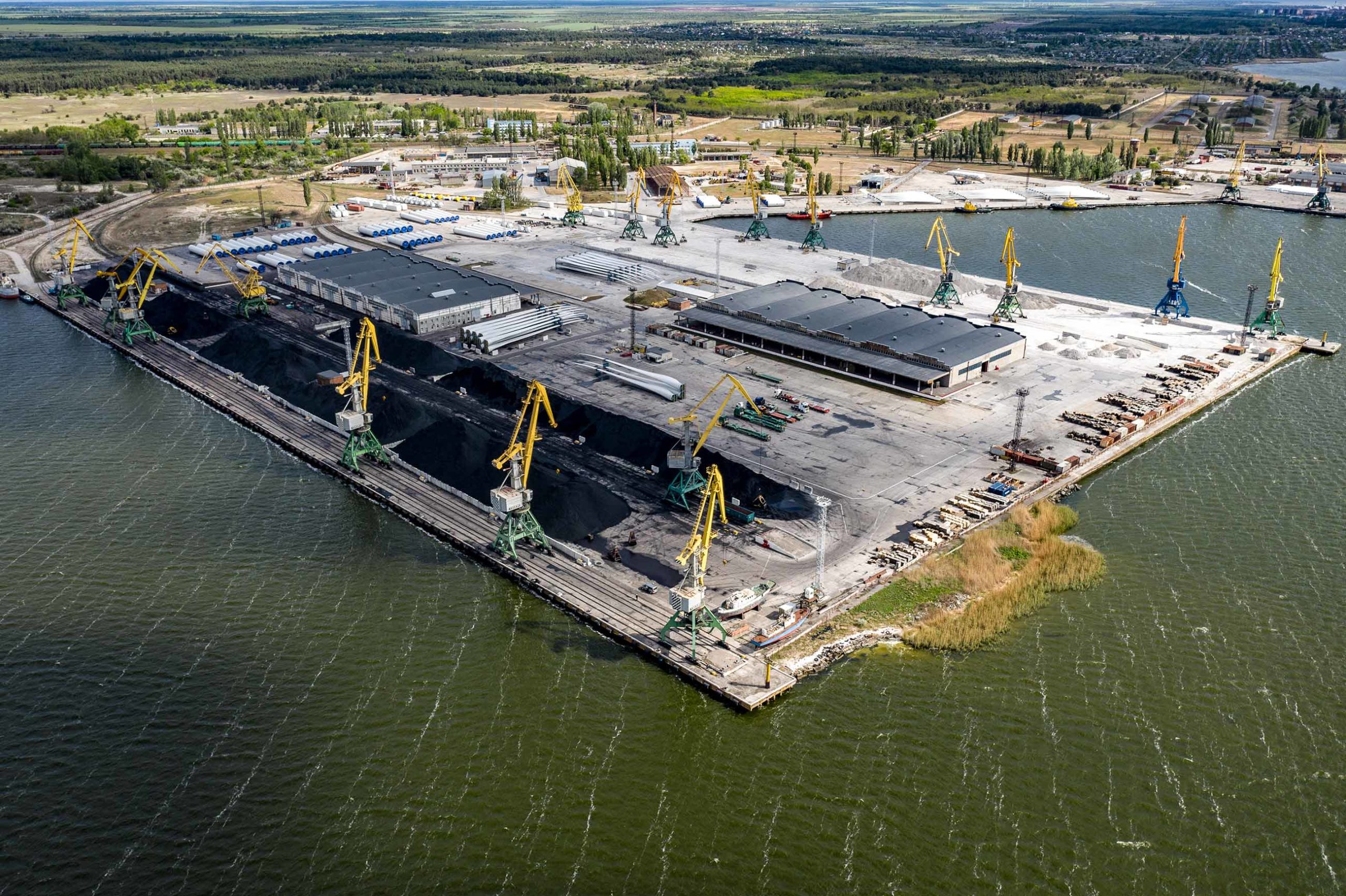
The BBC caused a scandal when British journalists claimed that the weapons were not intended for Kenya, as Kyiv had said, but for South Sudan. At that time, the country was in the process of separating from Sudan after a 22-year bloody civil war with more than two million victims.
The head of the South Sudanese diplomatic mission in Brussels, the Kenyan Ministry of Defense, and Serhiy Bondarchuk, the former head of the Ukrainian state company Ukrspetsexport, which exports and imports military equipment, all denied the journalists’ accusations.
But a little later the WikiLeaks website “leaked” secret telegrams from the US State Department. The New York Times journalists analyzed them and concluded that Kenyan officials had kept their American colleagues informed about the case. Yevheny Shevchenko says that when the state does not want to openly support one of the parties to the conflict, it resorts to the services of smugglers.
Moreover, the tanks weren’t just heading for South Sudan. By the time the Faina was captured, 67 T-72 tanks had already been delivered, and the batch of equipment exposed by Somali pirates was supposed to be the last.
If the administration of US President George W. Bush preferred at least not to interfere, then the new government of Barack Obama, which came to power in January 2009, took a tougher position: in secret telegrams, it threatened Kenya and Ukraine with “broad sanctions.”
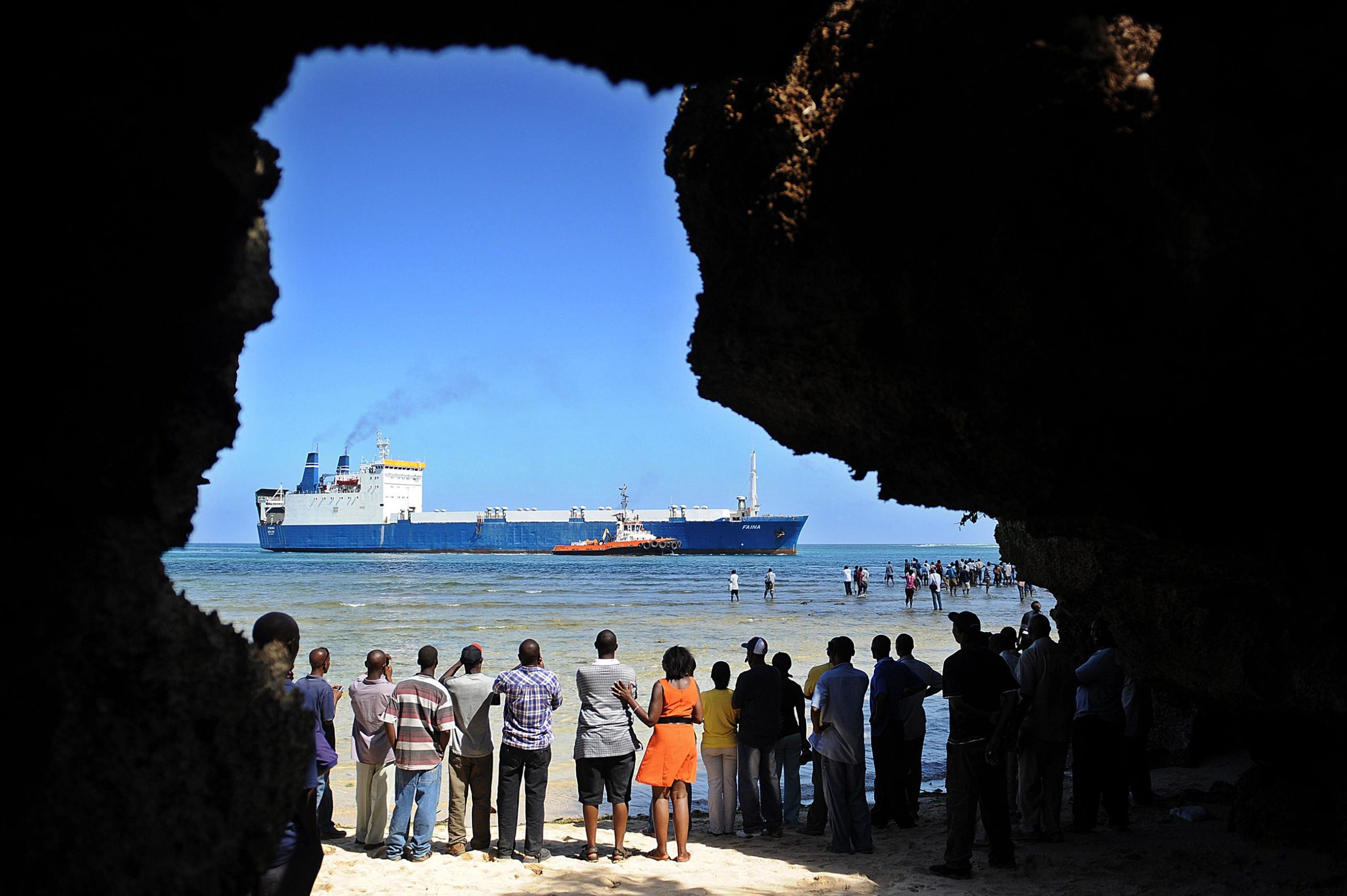
Despite the scandal, Ukrspetsexport stated that the Kenyan government provided all the documents following the requirements of international standards, so the buyer, that is, Kenya, was obligated to bear responsibility for possible re-export.
“There is such a thing in the export control system as “enduser”. This is the main document that the buyer must provide. It gives absolute state guarantees that weapons will be used or stored specifically by this signatory government after receiving the ordered goods and not transferred to anyone. Therefore, they are called “enduser”–the end user. In the case with the Faina, there were the same endusers, and they were registered with the state structures of Kenya,” Andriy, the ex-SBU employee explained to Zaborona.
There was also criticism of Kyiv regarding the support of South Sudan after the situation with the Faina. So, on September 25, 2017, the international human rights organization Amnesty International accused Ukraine of supplying weapons to South Sudan when a civil war was going on there. A study published by AI indicates that the Ukrainian state-owned self-supporting company Ukrinmash signed a contract in 2014 to deliver thousands of machine guns, mortars, anti-tank rocket launchers, and millions of ammunition to South Sudan with a company based in the United Arab Emirate.
“Involving a Ukrainian state-owned company in the possible supply of weapons to South Sudan is contrary to Ukraine’s international obligations,” human rights activists noted. They also insisted that the weapons were being used to kill thousands of civilians.
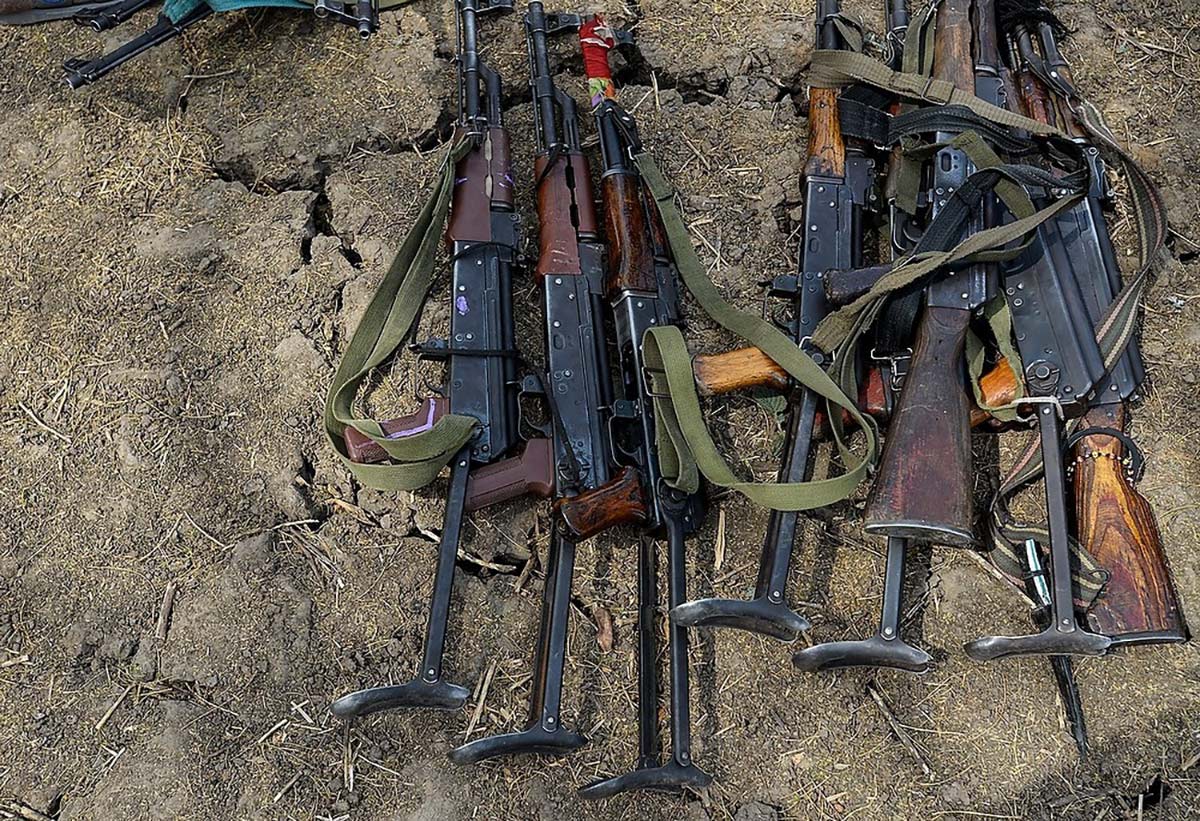
Margarita Kuznetsova, head of the investment analysis department at Ukrinmash, confirmed to the media that two contracts had been signed with the United Arab Emirates and South Sudan. But she assured that no deliveries were made under both contracts. The company also added that Ukrinmash did not plan to supply weapons under these agreements in the future.
The very next day, the OCCRP, an organization investigating corruption and organized crime, wrote about the participation of Ukrainian companies in mediating the supply of Polish BRDM-2 armored personnel carriers to Africa and the Middle East, bypassing the EU embargo on arms sales to Sudan and South Sudan.
Later, the OCCRP released a new study, according to which the Ukrainian special exporter Ukrinmash was supposed to sell 50,000 Kalashnikov assault rifles and 2,000 rocket-propelled grenades to the government of South Sudan. The Ukrainian company Techimpex acted as a supplier. The ex-director of Ukrinmash, Anatoly Maiboroda, refused this agreement. However, the State Export Control Service of Ukraine indicated that in 2014, 830 light machine guns and 62 heavy machine guns were exported to South Sudan, and 170 and 88, respectively, two years later. On April 11, 2016, Techimpex signed an agreement to export tank engines and spare parts worth $1.41 million to Sudan, which has been under an EU embargo since 1994.
Cold War Legacy
In 2013, the American non-profit analytical group C4ADS published a study, on which, allegedly, weapons were supplied to the regime of Bashar al-Assad in Syria through the Ukrainian port of Oktyabrsk in Mykolaiv region.
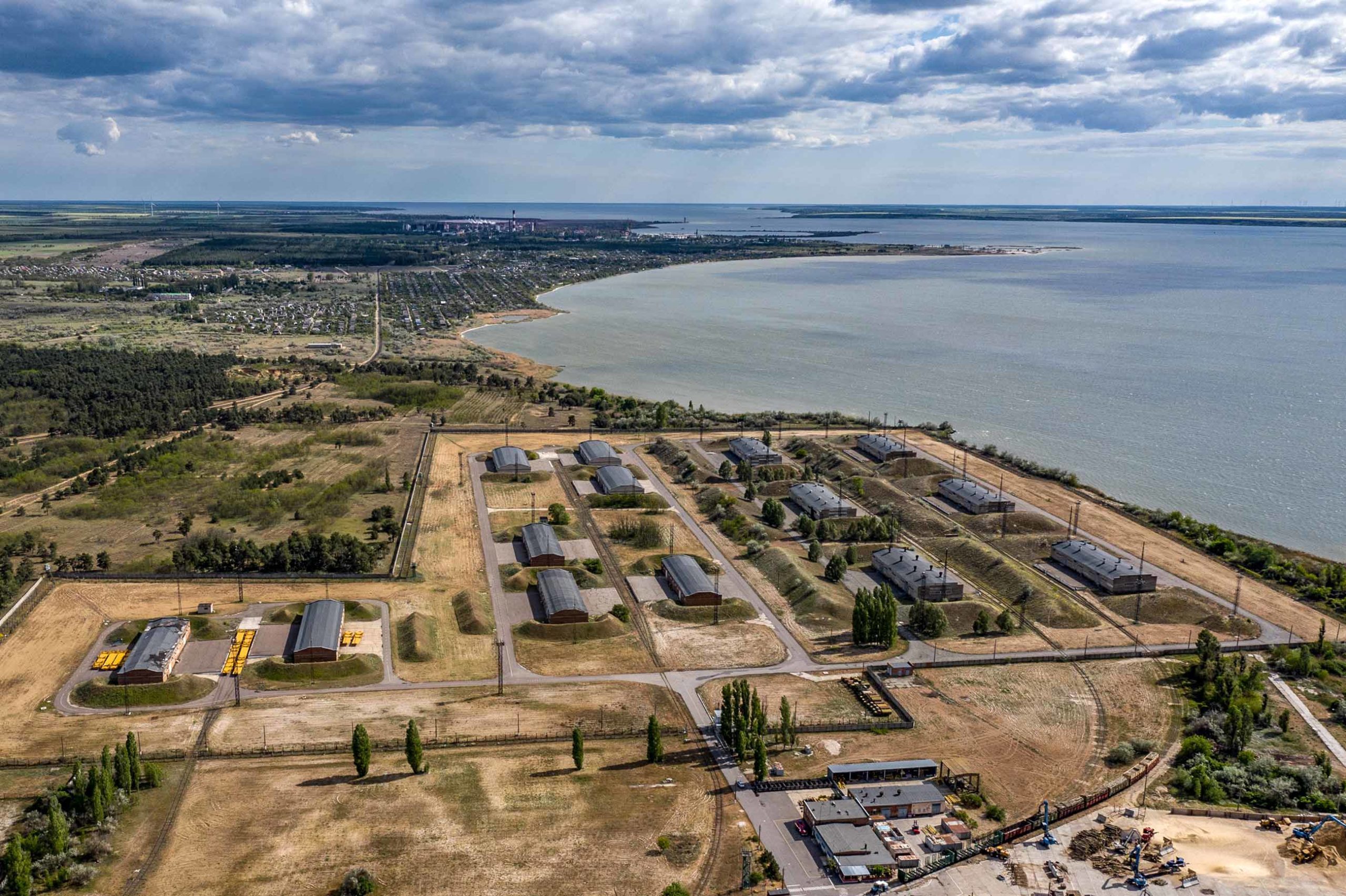
For most of its existence, this port was a top-secret naval facility, a key link in the Soviet military supply chain to its allies around the world. In particular, it was from this port that Moscow sent missiles capable of carrying nuclear warheads to Cuba in 1962. Then it almost came to the Third World War – the confrontation was called the “Caribbean Crisis”.
C4ADS analysis places Oktyabrsk at the center of an active international arms trade that linked Russia and Ukraine to a wide range of buyers worldwide, particularly Sudan, the Democratic Republic of the Congo, Burma, Venezuela China, Angola, and Iran. The Russian Federation was the main weapons manufacturer, while Ukraine acted as a transport hub.
Although the port is located in Ukraine, Oktyabrsk was “functionally controlled by Russia” in those days. According to the media, the port was headed by former Russian Navy captain Andrei Yegorov and was de facto owned by business magnate Vadim Novinsky, who acquired Ukrainian citizenship in 2012 on the orders of fugitive President Yanukovych. Then he was closely associated with the Kremlin. Major Russian arms exporters had their offices alongside Ukrainian and Russian shipping and logistics companies.
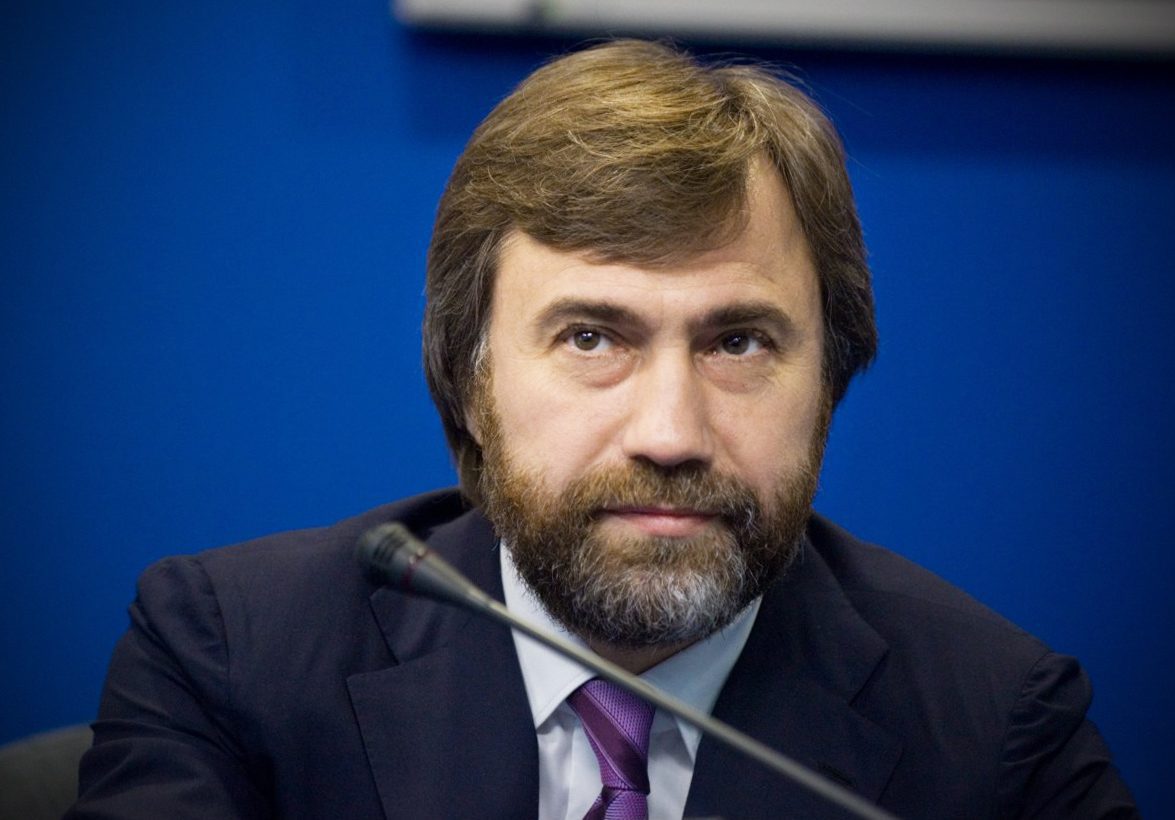
“This network is a microcosm of how Putin’s Russia works: powerful officials have informal connections with ostensibly private individuals who actually carry out public policy,” said Tom Wallace, co-author of the report.
Novinsky himself confirmed that both Ukraine and Russia used Oktyabrsk to trade weapons but denied any connection to the port.
The study’s authors allege that the key player in the network was the Kaalbye Group, a Ukrainian business consortium that owned the Ocean Fortune, the Ocean Voyager and five other vessels, some of which are involved in delivering advanced Russian military equipment to customers around the world. In particular, three ships of the company in October 2012 called at Oktyabrsk to pick up parts of S-300 rocket launchers for Venezuela, which were part of a deal between Moscow and Caracas worth $4 billion.
One of the founders of the Kaalbye Group, Igor Urbansky, was the Deputy Minister of Transport of Ukraine. Another co-founder, the Odessa-based entrepreneur Boris Kogan, also served on the board of directors of RT Logistika, a subsidiary of a large state-owned Russian industrial consortium that includes Russia’s best-known military export company, Rosoboronexport. The consortium was then led by Putin’s close associate Sergei Chemezov. All other members of the board of directors of RT Logistika were high-ranking officials of the defense department, including the logistics director of Rosoboronexport.
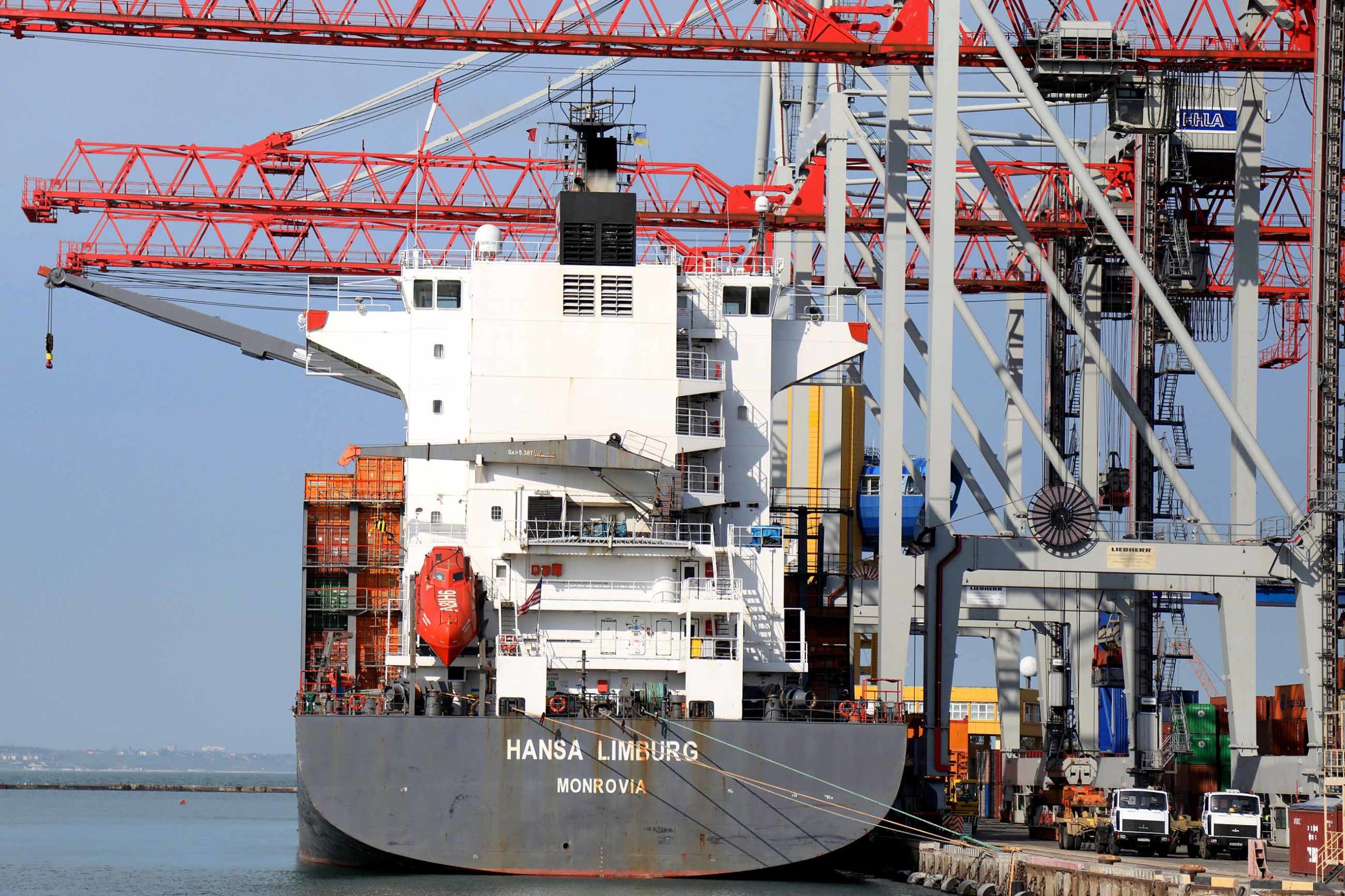
Reacting to the C4ADS investigation, then Ukrainian Foreign Minister Leonid Kozhara countered that Ukraine was supplying weapons to Syria.
On October 5, 2017, one of the founders of the Kaalbye Group, Boris Kogan, died unexpectedly at his home in Odessa. Despite the fact that he had access to a company that trades in weapons and was controlled by Russia, the Ukrainian security forces did not have any questions about him.
As Alexander Diordiyev, executive director of the Chornomorsk Business News news agency, explained to Zaborona, Oktyabrsk was Ukraine’s only gateway for the legal export of weapons. Other ports of Ukraine did not have such a profile.
“It had a license for the special export of weapons. That is, the entire maritime arms trade in Ukraine passed through this port. Today, when it was practically transferred to a concession [when the enterprise is transferred for a temporary operation to other states, foreign firms, individuals], a very small part of the port has been left for this function. Geographically, Olvia is a rather small port, which is guarded by security forces. And there is no point in stopping smuggling there, except that it is the sale of weapons at the state level, but officials want to do everything quietly,” the expert explained.
ZetAvia
On March 8, 2021, the UNSC Panel of Experts on Libya published an official report. The Ukrainian airline ZetAvia was accused of violating the embargo imposed by the UN Security Council. According to UN experts, the company supplied weapons to Khalifa Haftar’s rebels, who are backed by the Wagner Group, the Russian private military company.
ZetAvia planes have made dozens of suspicious flights to Benghazi and other airports controlled by Haftar and his partners. Experts believe that the company forged flight and accompanying documents for the cargo that was transported by its aircraft. In November 2020, journalists from the BBC released an investigation into the violation of human rights in Libya and the United Arab Emirates’ disregard for the arms embargo in the country. They also found new evidence that Egypt was allowing the UAE to use Egyptian military air bases near the Libyan border.
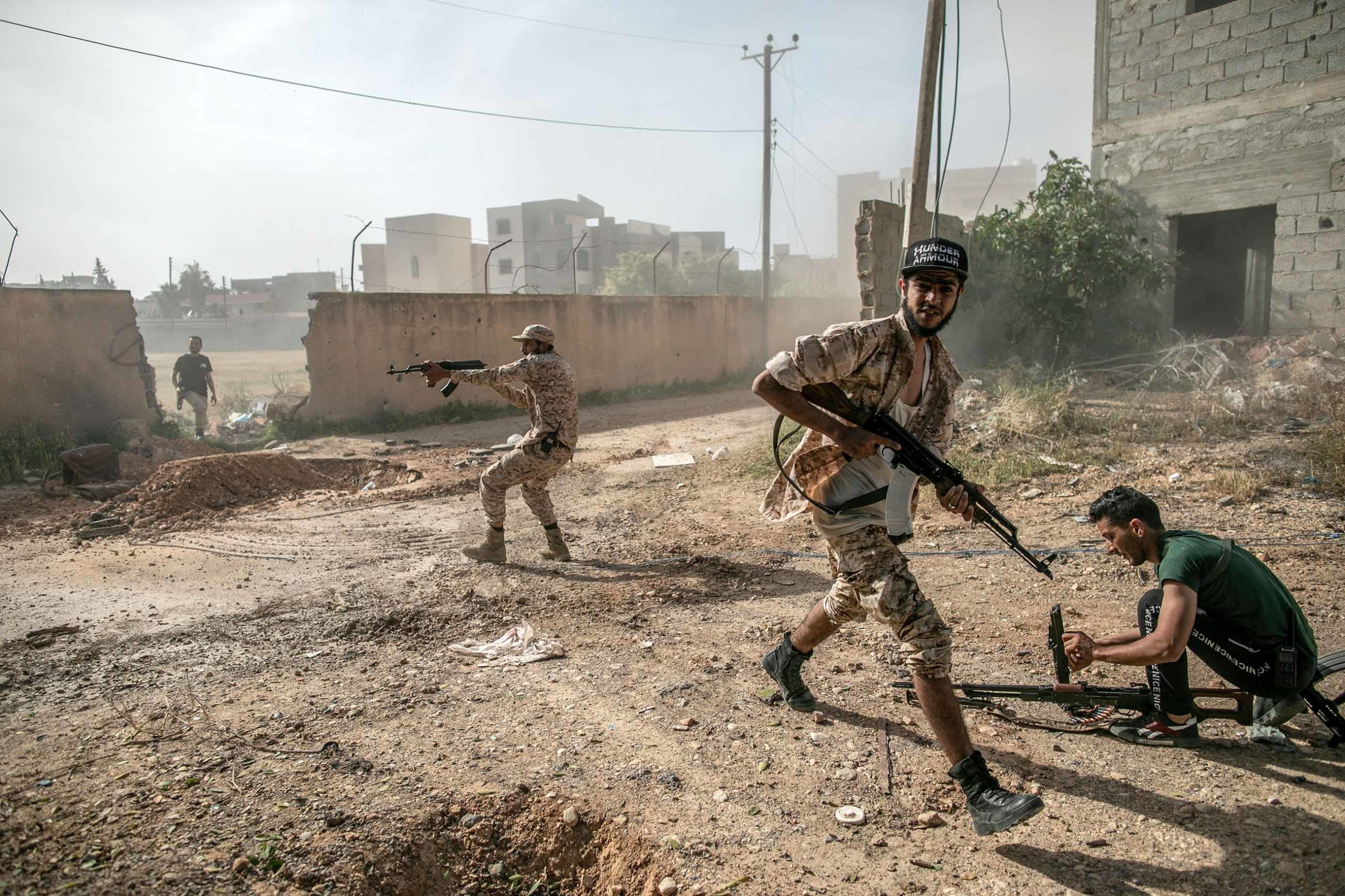
In one of the stories, journalists recalled the Il-76 aircraft, which carried out routes from the UAE to the airport of the Egyptian base near the city of Sidi Barrani, 80 kilometers from the border with Libya. Each time, approaching the Habata airport, the Il-76 aircraft turned off their transponders, which report the aircraft’s location.
But journalists were able to identify several flights that landed and took off from the airport near Sidi Barrani: ZAV9511 and ZAV9515. These flights were operated by ZetAvia, as evidenced by the report of UN experts on Libya. As it turns out, the Ukrainian company is only an operator.
According to Andriy, the Ukrainian authorities are in no hurry to deal with Ukrainian companies that operate abroad.
“If they fly somewhere, well, they fly. These are not our problems. If there is a criminal offense there, let those who control these movements have a headache. On the territory of Ukraine, where there is the jurisdiction of Ukrainian law enforcement agencies, nothing happens. The fact that they are registered here is not a crime. That is, there is nothing to investigate,” says Andriy, a former employee of the Security Service of Ukraine.
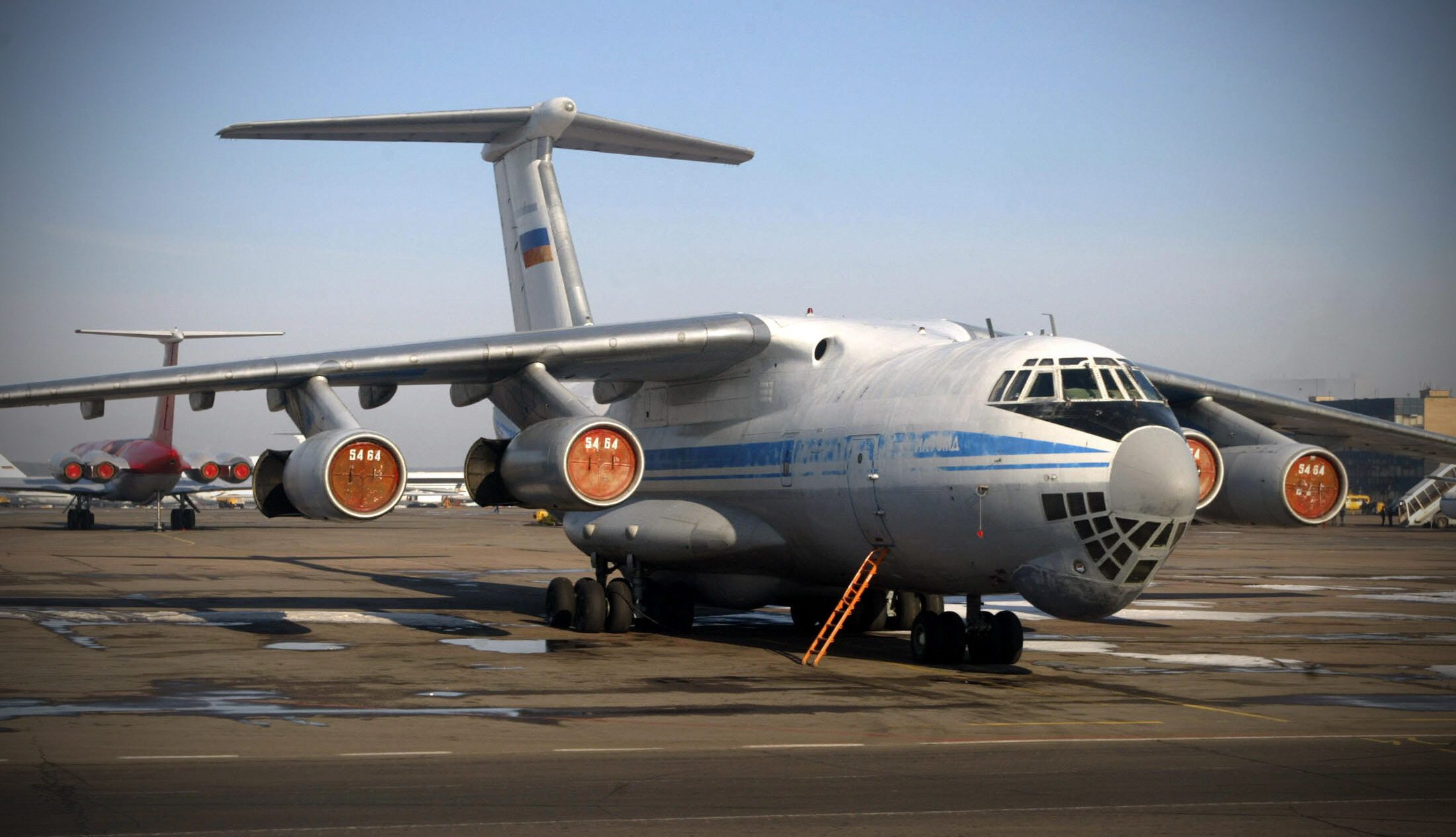
What has changed since the start of Russian aggression
After the annexation of Crimea and the outbreak of hostilities in the Donbas in the spring of 2014, Russian-Ukrainian cooperation in both legal export and smuggling of weapons practically came to naught. Ukraine needed protection, so all the resources of the military industry were used for domestic demand.
The implementation of export contracts temporarily had to be stopped. The National Guard was understaffed, with T-64 and BTR-3 tanks which were intended for Angola and Thailand.
After 2015, the situation somewhat stabilized, but Ukraine failed to reach its previous export volumes: if before the war the country was in the top ten arms exporters in the world, then after that it fell by several steps.
The structure of deliveries has also changed: the main part was high-tech products like guided anti-tank missiles.
The large-scale trade in Soviet stocks disappeared, since the warehouses were thoroughly devastated by the war.
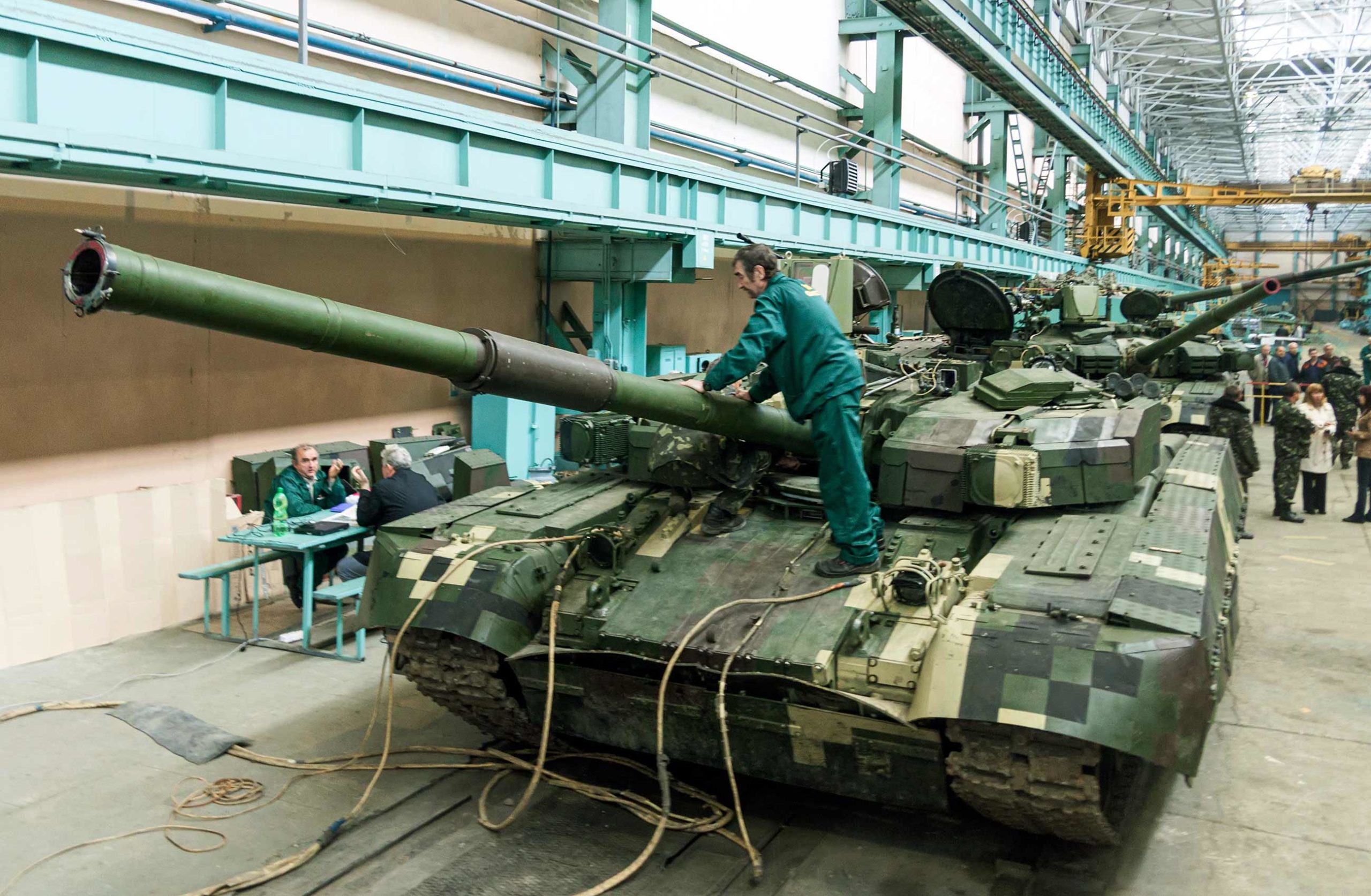
Now the primary source of income for the Ukrainian defense industry is the sale of Korsar and Stugna-P (export name “Skif”) anti-tank systems and other precision-guided munitions from the Luch State Kyiv Design Bureau.
The leading importers of Ukrainian weapons are China, Thailand, India, Saudi Arabia, and Turkey.
According to Andriy, the former employee of the Security Service of Ukraine, “Volodymyr Zelensky, the current president of Ukraine, is not interested in dealing with armed issues. The leader of the state had outsourced this to the SBU.”
Russian weapons, African resources roulette
As can be seen from the previous part, Ukraine was often mentioned in partnership with Russia regarding official exports and smuggling. And although this cooperation was spoiled by the Kremlin’s aggression in Crimea and the Donbas, one can often find cases where the manufacturer of this or that weapon or equipment is from both Ukrainian and Russian enterprises.
For example, let’s consider engines destined for the DPRK. On August 14, 2017, The New York Times published an article that North Korea was likely to have acquired rocket engines made at the Ukrainian Yuzhmash factory through the black market. Journalists referred to a study by Michael Elleman, an expert at the International Institute for Strategic Studies, who suggested that a Ukrainian company could have sold engines to the DPRK due to the financial crisis or a lack of orders from Russia.
Michael Elleman himself did not rule out at the time that the Russian missile company Energomash, which has strong ties to the Ukrainian weapons complex, played a role in transferring the RD-250 engines to North Korea. Later, the acting chairman of the State Space Agency of Ukraine, Yuriy Radchenko, suggested that Russia could have removed Ukrainian engines from the rockets and transferred them to the DPRK.
“Practically all the goods that Ukraine trades in this area are related in one way or another to the fact that these are the same goods that Russia offers. And during the past 15 years, long before the start of actual aggression, there has been an information war. Russia constantly increased the scale of any cases that, perhaps, were somehow connected with Ukraine, and immediately the Russian special services carried out special operations: Kyiv was subsequently accused of violating embargos or supplying weapons in cases where the weapons, in fact, were not Ukrainian at all,” ex-SBU officer Andriy explained.
Russia leads as the largest arms supplier in Africa. The Stockholm International Peace Research Institute (SIPRI), a think tank for global security, reports that 59% of all arms imports in Africa come from Moscow.

“According to our data, Russia was the largest arms supplier to Africa between 2016 and 2020,” says Alexandra Kuimova, a researcher in charge of the SIPRI armaments and military spending program.
Algeria, Angola, Egypt, Sudan, South Africa, and the Democratic Republic of the Congo are just some of the African countries that have placed large arms orders from Russia and other Eastern European countries.

“Russia sees military cooperation as a gateway to more comprehensive cooperation with its partners,” says Andrew Koribko, a global defense analyst. “Russia hopes to use this relationship to subsequently make these economic, political, and, finally, strategic forays. It is expected that Russian goods could improve the security situation in these countries, which in turn could lead to their powerful military officials rewarding Moscow with preferential economic and other agreements.”
For example, from 2008 to 2020, Algeria spent $7.1 billion on arms purchases, making it the largest arms buyer in Africa.
Air, sea search radars, anti-tank missiles, combat helicopters, an air defense radar system, corvettes, frigates, and submarines are part of the military equipment that Algeria ordered from Moscow. Since 2006, both Algeria and Moscow have been exchanging mutual visits of the leaders of both countries. The Russians have strong interests in the Algerian mineral sector in exchange for Algerian military purchases.
At the center of these military equipment deliveries in Africa is the Russian defense industry giant Rosoboronexport, which delivers air, land and sea defense equipment to more than three dozen African countries.
According to SIPRI, Egypt occupies second place after Algeria in the Russian matrix of military cooperation.
Significantly, Egypt signed a $3.5 billion arms deal with Russia in 2014, including upgrading its defense radar system, air force, and navy. A year later, Egypt and Russia signed an agreement on nuclear power. As part of the agreement, Russia’s nuclear energy company Rosatom pledged to lend Egypt approximately $25 billion to build its first nuclear power plant at El Dabaa.
Angola occupies the third position. As part of the $1 billion deal, Angola ordered 20 transport and combat helicopters and 12 aircraft. Angola recently approached Russia for the S-400 anti-missile shield and support for AngoSat, which will be Angola’s first satellite in space. In return, Russia was granted access to Angola’s oil, gas, and diamond deposits. The Russian firm Alrosa, one of the world’s largest diamond producers, operates the Catoca diamond mine in Angola.
Nigerian security analyst Dr. Adesoji Aden notes that
“the global legal trade in small arms and light weapons over the past decade has each time been accompanied by great difficulties in how to deal with all sorts of sabotage and illegal transfers, especially in Africa.”
Given Africa’s lack of capacity for domestic arms production, the widely held view is that most African countries offer their natural resources in exchange for acquiring arms, so-called “bilateral exchanges.” Whether by coincidence, default, or a well-thought-out strategy, it seems that wherever Russian arms exports went, there was also a mutual outflow of natural resources.
According to the South African Institute of International Affairs (SAIIA), the Johannesburg diplomatic think tank, Russia’s arms-for-minerals strategy is the primary strategy.
“Russia has clear economic motives when it comes to natural resources,” said Kelly Clifford, a researcher at SAIIA Africa’s governance and diplomacy program that specializes in African-Russian relations. “Although Russia boasts its own natural wealth, these resources are difficult to extract, which directs the choice towards their imports: platinum from Zimbabwe, diamonds from Angola, and uranium reserves in Namibia, for example.”
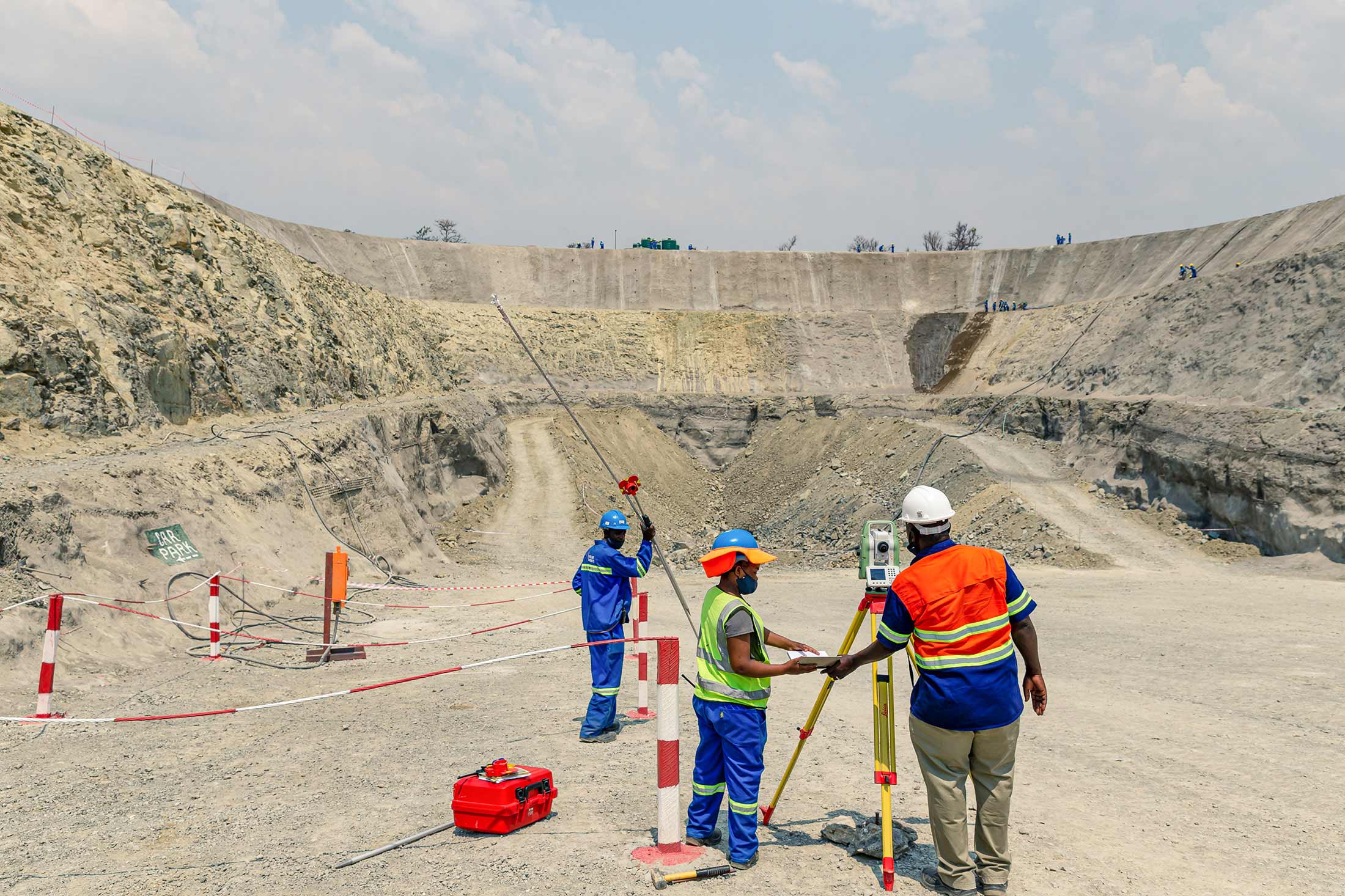
Moscow-based American political scientist Andrew Koribko, who specializes in US strategy in Afro-Eurasia, explains: “America hopes to put pressure on African states not to cooperate with Russia from a military point of view because it fears that these agreements will ultimately reduce its influence over the military elite. In other words, it is part of what many have come to call the New Cold War.”
What is the conclusion?
In its 30-year history since regaining independence, Ukraine and its citizens have indeed been involved in several international arms smuggling scandals.
Seaports in the Black and Azov seas, decades of open northern and eastern borders with Russia, warehouses full of Soviet weapons, and a large but corrupt military-industrial complex only facilitated individual “dealers” who wanted to make money on arms smuggling. However, as our research shows, Ukraine can hardly be called a country that abuses or disregards laws regarding arms smuggling. And if in the nineties and aughts it was still possible to talk about specific problems in this sector, now it is hardly possible.
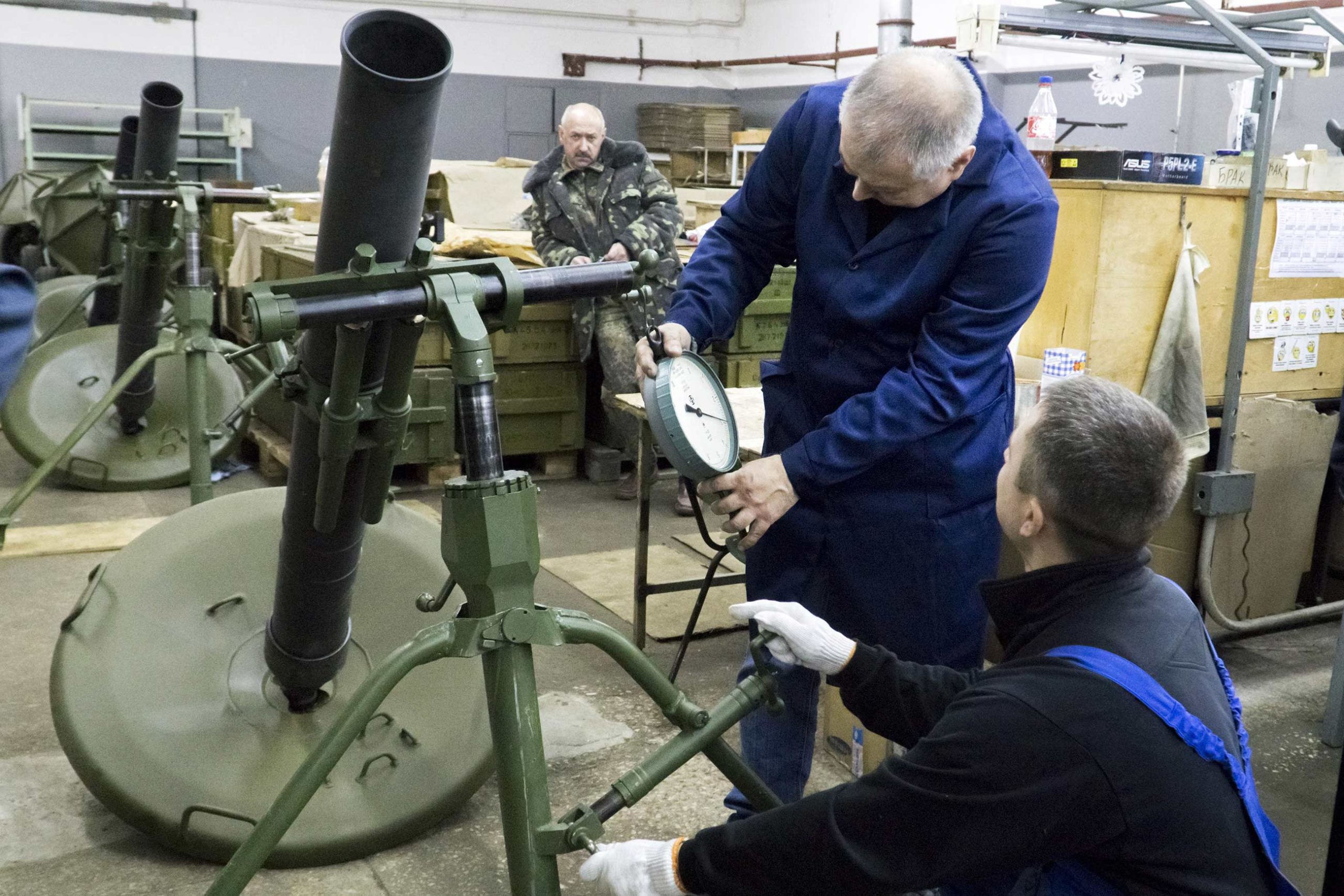
Of course, individual cases of attempts to illegally export or bring weapons still occur today. As the Security Service of Ukraine told us, law enforcement investigators launched 28 criminal proceedings related to the smuggling of weapons or parts of firearms in 2021. The SBU noted that they were talking about an attempt to both export weapons from Ukraine and import them. In addition, the SBU reported on 64 criminal proceedings initiated in 2021, which concerned violations of the procedure for the international transfer of goods subject to export control. However, it is not necessary to talk about the existence of smuggling at the state level.
Also, do not forget that Ukraine was often tied to such scandals with the help of the media just to cover someone’s back. And given the scale of arms exports to Africa and the Middle East by Russia, one can understand who could benefit from this.



